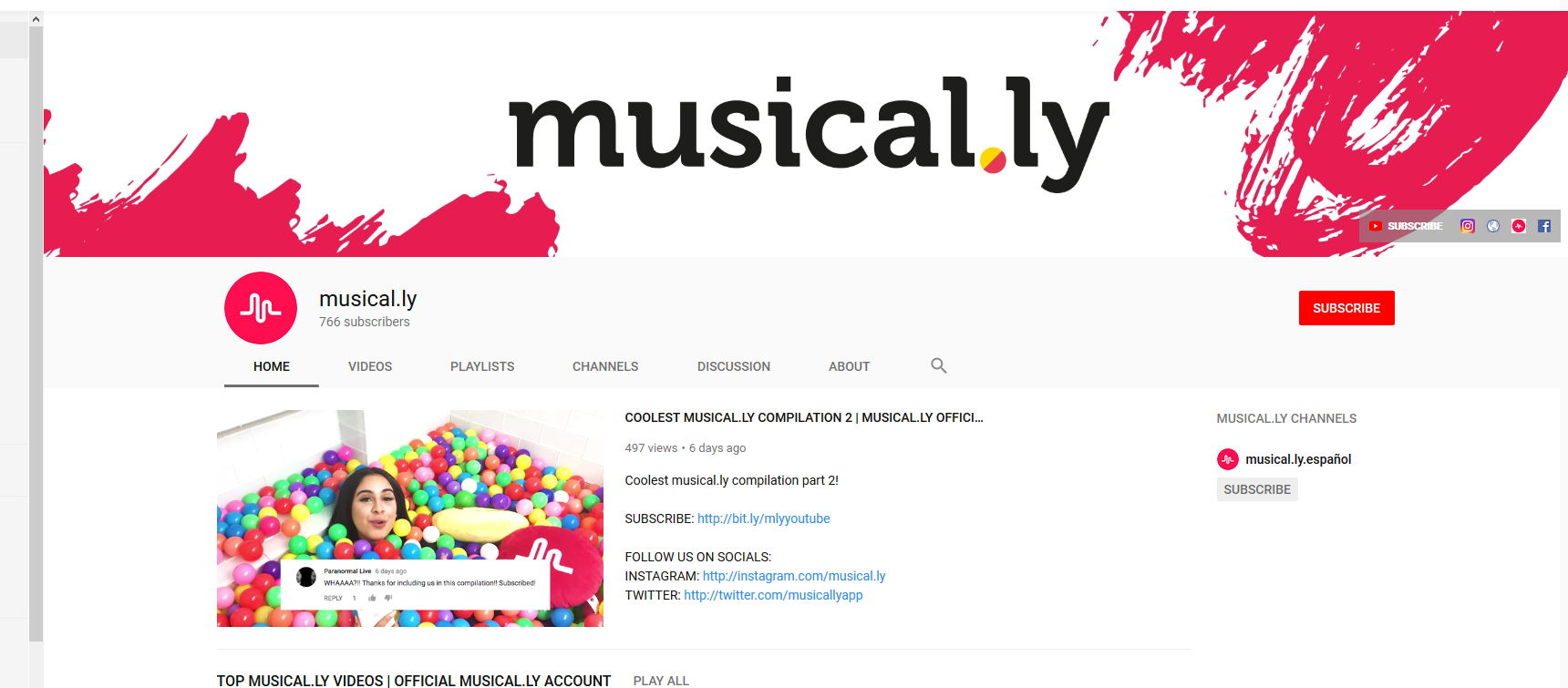Musical.ly is currently the place for your influencer marketing money.
By MediaStreet Staff Writers
A new survey of teenagers age 13-17 finds that teens have shifted their favoured social media platforms to Instagram and Snapchat. But the most exciting breakthrough is that of Musical.ly.
A survey taken by The Associated Press-NORC Center for Public Affairs Research in the USA found that:
- 76 percent of teens age 13-17 use Instagram.
- 75 percent of teens use Snapchat.
- 66 percent of teens use Facebook, down from 71 percent of teens using the site in 2015.
- 47 percent of teens use Twitter.
- Fewer than 30 percent of teens use Tumblr, Twitch, or LinkedIn.
Strangely, however, there is one contender that fails to be mentioned: Musical.ly, which is roaring into popularity, especially in Europe. And there are great opportunities for marketers to reach that ever-elusive teen and tween market.
https://www.youtube.com/watch?v=pjf8tvnaIQs
Musical.ly was founded by friends Alex Zhu and Luyu Yang. They decided to target the US teenage market, as this market is characterised for being an early adopter of new trends. The main idea was to create a platform that incorporates music and video in a social network. The first version of musical.ly was officially launched in August 2014.
In 2015, the app began to attract millions of users and in July 2015, musical.ly climbed up to the number 1 position in the iOS App Store, becoming the most-downloaded free app in over 30 countries, including the US, Canada, UK, Germany, Brazil, Philippines, and Japan. In July 2016, musical.ly reached 90 million downloads, with over 12 million new videos posted every day.
So how does it work? To put it simply, “musers” lip-sync to their favourite tunes, by themselves or with a friend, and share it. That’s actually the main thrust of it. But the opportunities for marketers are strong. In June 2016, Coca-Cola launched its #ShareACoke campaign on musical.ly, which introduced musical.ly’s “User-Generated Ads” model.
Kids were making some seriously cool little ads for Coke.
https://www.youtube.com/watch?v=5LgMzMl9OFA
The hashtags that are popular on this social network usually make reference to bits of pop culture and trends among the internet world.
So, marketers, if you want to reach tweens and teens, it is definitely worth your while to check out Musical.ly. It has fast become a Go-To destination for influencer marketing. The app is still finding a way to monetise its platform.This means that they are a little more loose with restrictions or requirements in place for branded content, advertising, and influencer marketing campaigns. You never know, it might just be the perfect spot to place your influencer-marketing budget.

